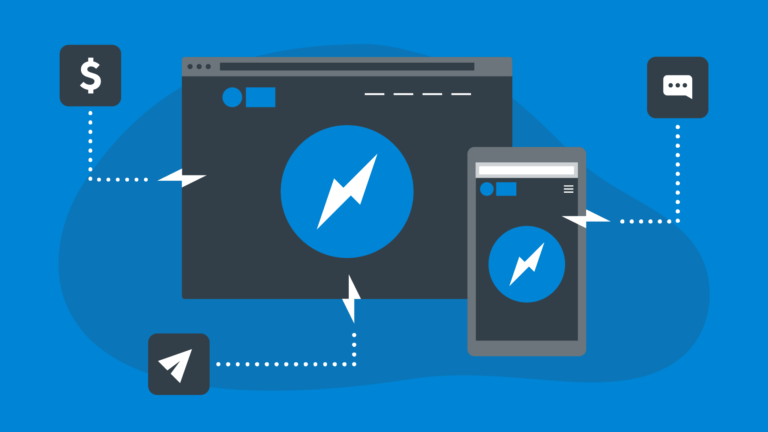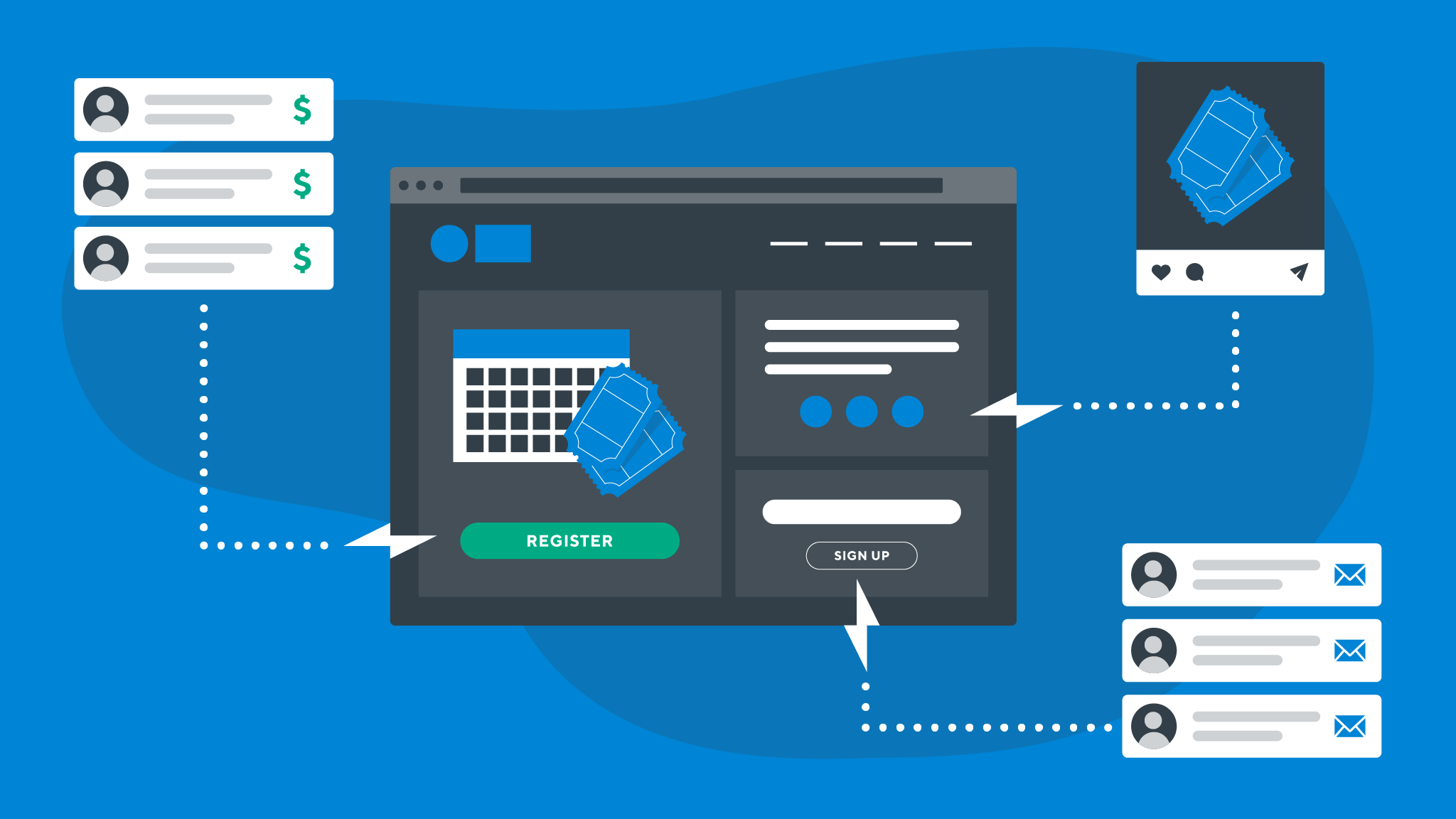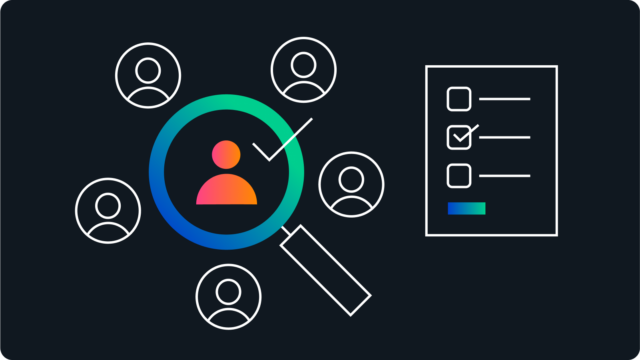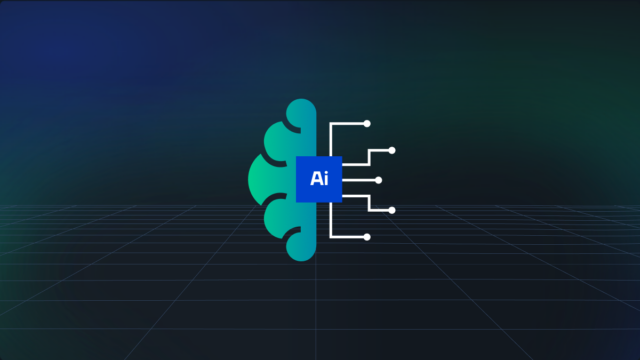What is an API integration? (An Introduction)

In this article we’re going to look at Application Programming Interface (API) integration and how it can help your business become more effective and efficient.
What is an API? In basic terms, APIs enable applications to communicate with one another. They offer a set of rules and procedures for how pieces of software interact.
So, why are APIs useful?
Integrating APIs in your development is a way to quickly and effectively add or extend functionality to your website or web app using external sources and libraries. You can add pre-existing software right into your build instead of developing it from scratch.
The API economy has grown immensely over the past few decades, with an estimated 15,000+ public APIs available for developer use. We find there are a number of potential benefits to leveraging them for our client work, including:
- Speed: Developers can often get a product to market more quickly by integrating APIs into their projects. Building something from the ground up usually takes more time.
- Reliability: Integrating existing libraries and software is often lower risk than custom builds because they have been used at scale by a variety of other organizations. The bugs have been worked out.
- Cost: It can be more cost effective to integrate an existing tool rather than building it yourself. You will have to pay for third-party licences but it can be a better choice because custom-builds require some ongoing support.
Ultimately, we incorporate APIs when they are the best way to deliver to the goals and requirements of a client project. They can help us deliver deeper functionality and powerful tools in a website or application and, depending on the project, they can actually be applicable for builds of varying sizes.
But, what is an API integration? And how can you use them to connect your services to route data or automate important workflows?
That’s where we’ll start.
How do API’s work?
Think of an API as a waiter in a restaurant. You, the user, sit down at a table and order off a menu that has a set number of items. The waiter takes your order to the kitchen that prepares your food. Once it’s ready the waiter brings the food back. In this case, your order is the request for information and the kitchen is the server that holds that data. The API lets you communicate with an external source (the kitchen) that otherwise you couldn’t directly access.
For example, you can add Google Maps to your company website. Implementing an integration through APIs, your website or application can then communicate with the Google Maps API to display an interactive map on your company site. Your developers don’t need to code a fully interactive map of the entire world. They just need the Google Maps app integration API in their build. Effectively, they can enjoy the meal without having to cook it themselves.
APIs can enhance your developer’s productivity by essentially outsourcing complex functions and features to pre-existing software that has been built (and tested) by others. Integrating APIs into your build will speed up your development process because your developers won’t need to do that work themselves. They can leverage the work done by other to access the functions and features you need for your website or application.
 What is an API integration?
What is an API integration?
An API based integration refers to how two or more applications, which each have APIs of their own, can be connected to each other to perform a joint function. Basically, an “API level integration” enables your first-party application to communicate with an external 3rd-party application.
For example, your company may use web services to enhance productivity and manage data, amongst other functions. An API based integration allows you to connect the tools that were previously operating independently right to your website or app to streamline your workflows. It lets you utilize the benefits and features of each tool that make your website or application more efficient without having to manage each one independently. Instead, critical data can be routed so it is automatically shared across your website and tools.
API integration eliminates excess manual data entry, labour and time spent looking for data in your productivity tools to give you a more effective, organized, and efficient workflow. Depending on the exact scope of your project or website, this can lead to significant cost savings over the long term. That’s one reason why API integration (or the need to build from scratch) is something we consider when we’re scoping out web design cost for a new client website or web app. It’s also one big reason why you or your development partner should consider looking for efficiencies via APIs: they can save you money.
API integration examples:
1. Capture leads
There’s a chance that your business uses some form of customer relationship management (CRM) software. To acquire leads, your company may have a web form for prospective clients to complete when they’re visiting your website. With an API level integration, lead information from your web form can be seamlessly added as a new opportunity in your CRM. This reduces duplication of effort and consolidates your data. It saves you time and delivers value without any significant effort beyond the initial setup.
2. Facilitate payments
APIs can enable secure payments on your website or application. For example, a popular payment gateway like Stripe enables users to communicate with a banking service to make a payment, process a refund, look up details of a transaction, set up recurring payments, and more. And with a growing focus on privacy, using a proven tool for payments gives your users confidence that their data is secure. This is a practical example of how you can use a piece of existing software rather than develop those complex functions on your own.
3. Share social content
You can use APIs to simplify the sharing of your website and marketing content to social channels. For example, when you post a blog on your website, you can use the Facebook and Twitter APIs to automatically post on those platforms as well. APIs also make it easy for your users to share content. With social media APIs they can just click on a Facebook or Twitter icon to share content easily and quickly.
4. Streamline email marketing
A blog signup form can be connected with an email marketing service like Mailchimp. Since it’s automated, you also don’t have to worry about manually adding people to your email campaigns. This streamlines your customer management and marketing. You can cut down on your labour costs, save time, and focus on other important work.
Conclusion
There’s a number of compelling reasons to integrate APIs into your website or app:
- They enable you to leverage the power and functionality of a third-party service without incurring the costs of building something yourself.
- API integration services connect the different web services your company uses so they can effectively “talk” to each other and seamlessly share data.
- They can enable you to do important work faster and more effectively, with less duplicate effort.
- Integrating tried and tested APIs is a way to minimize risk during development. You know that your tools will work right out of the gate.
At Tiller, we’re always focused on producing a website or application that goes beyond great design and content. We care about delivering an experience that provides efficiencies, time savings, and enables effective processes for the businesses we serve. That’s why we consider API integrations for builds of all sizes, leveraging them whenever they provide value.



